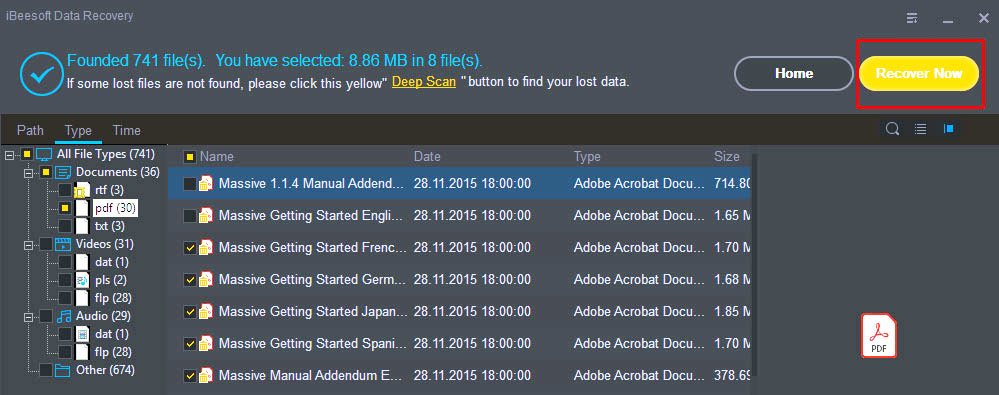

Has anyone else found that to be true and if so, do you know what makes that true?

So, are there different methods behind the scenes that execute this? Why is UFS going to be better at this task then DiskDrill?īonus: When it comes to scavenging damaged filesystems, I've heard that one software possibly does a better job than another on a specific file system: R-Studio typically does better with HFS+/APFS than UFS will. This sounds like a pretty straightforward task. The only alternative is to perform a raw scavenge, which, as far as I understand is based off of reading for file signatures.

I read every day here that certain data recovery programs perform terribly, and others come highly recommended, but what's the difference? I just did some light googling to see if I can find a breakdown of some popular ones, but maybe starting here will be easier and more helpful.įor example: You have deleted data on a typical CMR HDD and the original metadata was overwritten.


 0 kommentar(er)
0 kommentar(er)
